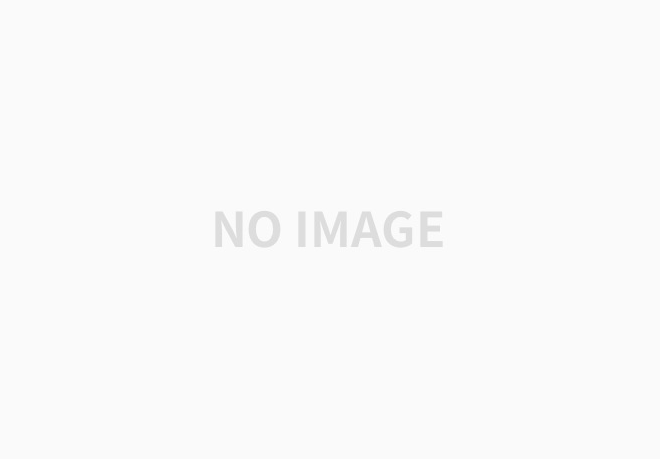어떻게 가르쳐야 하는가 (7가지 원칙)
Seven principles to guide teaching practice
(1) 학습자는 능동적으로 참여해야 한다
(The learner should be an active contributor to the educational process)
(2) 학습을 통해 실제 상황에서 일어날 수 있는 문제를 이해하고 해결할 수 있어야 한다.
(Learning should closely relate to understanding and solving real life problems)
(3) 학습자가 현재 가지고 있는 지식과 경험은 새로운 내용을 학습하는데 대단히 중요하기에 이를 충분히 염두에 두어야 한다.
(Learners' current knowledge and experience are critical in new learning situations and need to be taken into account)
(4) 교수자는 학습자가 자발적 학습을 할 수 있는 기회를 주어야 한다.
(Learners should be given the opportunity and support to use self-direction in their learning)
(5) 교수자는 학습자가 직접 수행(practice)할 수 있는 기회를 주어야 하며, 이는 교수자와 동료로부터의 건설적인 피드백과 동반되어야 한다.
(Learners should be given opportunities and support for practice, accompanied by self assessment and constructive feedback from teachers and peers)
(6) 교수자는 학습자로 하여금 자기가 수행한 내용을 스스로 성찰할 수 있는 기회를 주어야 한다. 성찰의 과정은 자신이 수행한 것을 분석하고 평가하여, 그 업무에 대한 새로운 시각을 길러내는 것이어야 한다.
(Learners should be given opportunities to reflect on their practice; this involves analysing and assessing their own performance and developing new perspectives and options)
(7) 교수자가 보여주는 롤모델로서의 모습은 학습자에게 큰 영향을 미칠 수 있다. 사람들은 자신이 배운 방법으로 타인을 가르치기 마련이다. 의학을 교육함에 있어서 학생과 후배 의사들에게 바람직한 교육의 원칙을 제시함으로써 그 다음세대의 교수자와 학습자가 더 효과적인 교수-학습을 할 수 있을 뿐만 아니라, 궁극적으로 더 나은 환자진료가 이뤄질 것이다.
Use of role models by medical educators has a major impact on learners. As people often teach the way they were taught, medical educators should model these educational principles with their students and junior doctors. This will help the next generation of teachers and learners to become more effective and should lead to better care for patients
출처 : ABC of learning and teaching in medicine, Applying educational theory in practice, David M Kaufman
(BMJ VOLUME 326 25 JANUARY 2003)






















 2011본4국시문제분석[1].hwp
2011본4국시문제분석[1].hwp




